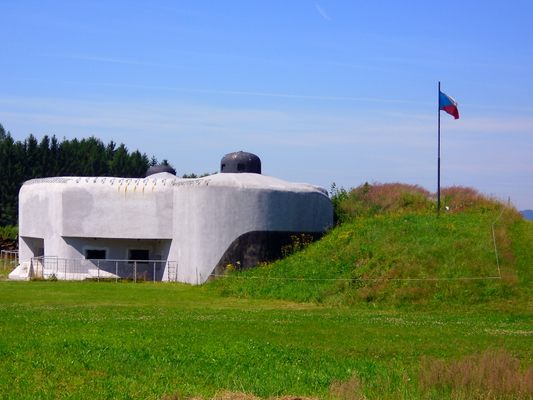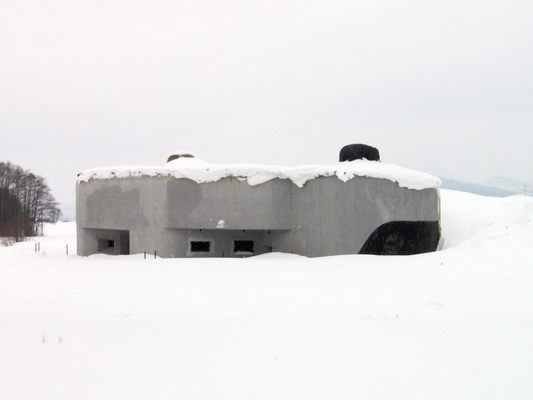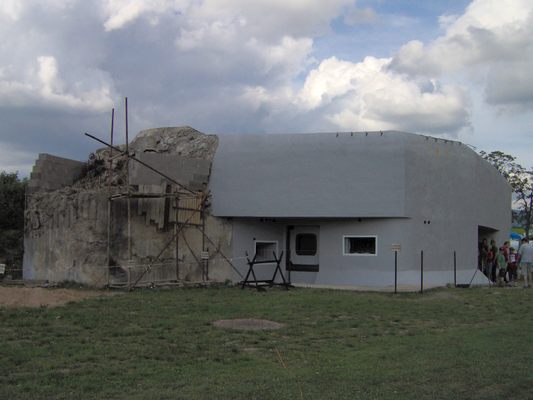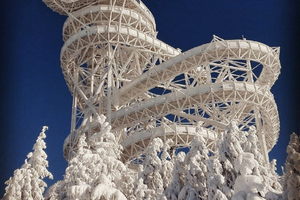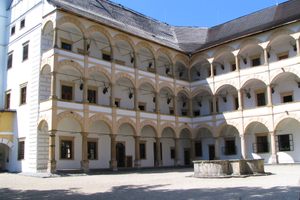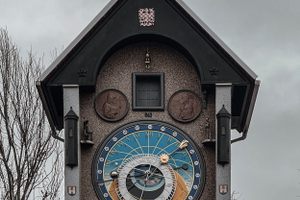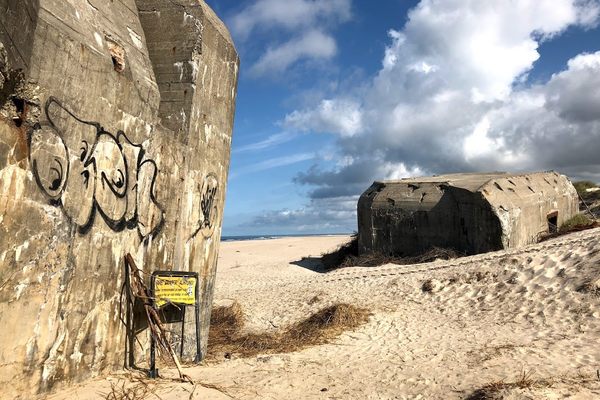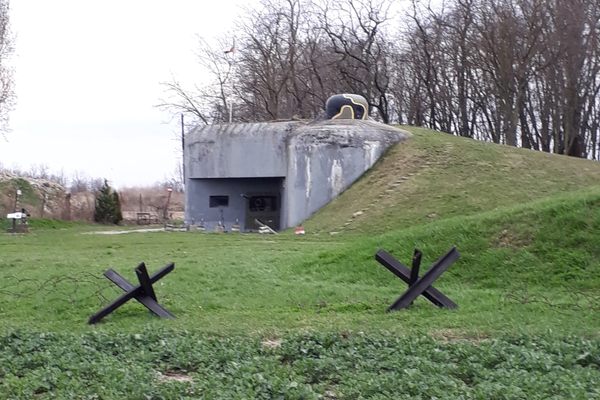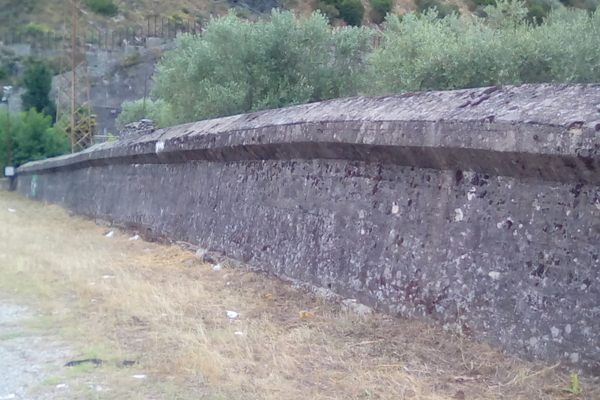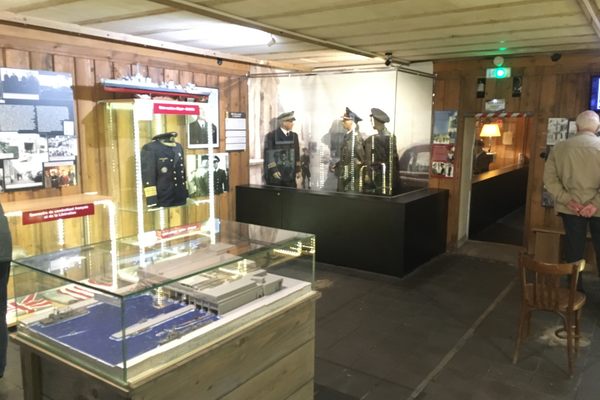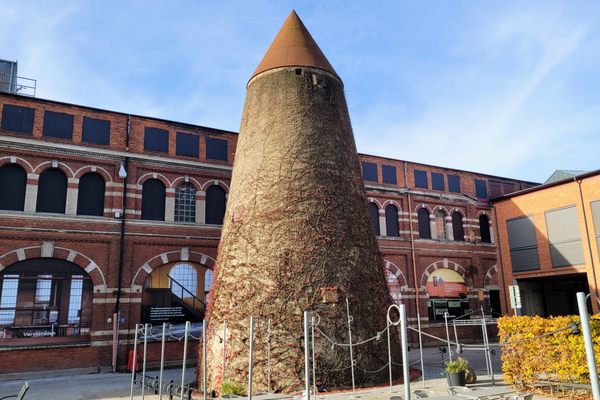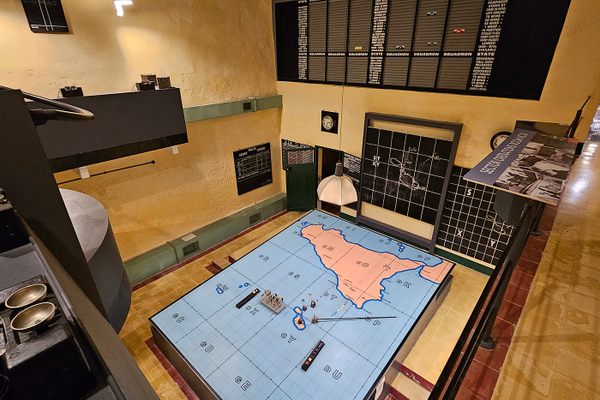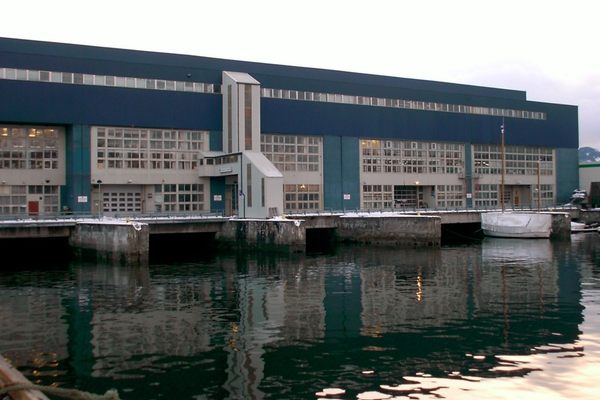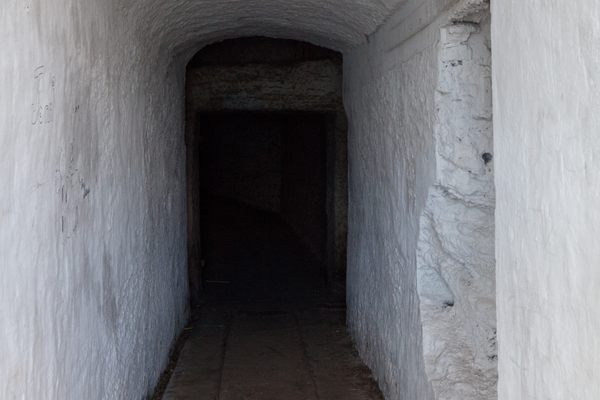About
Hidden away in the Czech border regions, the Králíky fortification complex had been one of the heaviest parts of the fortification line, preventing a pincer movement of German armored columns through Jeseníky valleys, which would have given little-to-no hope of defending the whole country and maintaining communications with Slovakia.
Built between the years 1934 and 1938, the forts had faced many difficulties, considering the post-1929 state of the economy and the unbalanced budget of the government. Feats of defense architecture inspired by the famed Maginot line, these concrete giants were there to safeguard the Czechoslovak republic.
But it was not to be, for the Munich agreement had dashed all hopes of resistance against the Germans, with France and the UK agreeing to concede Czechoslovak German-majority areas to the Reich. The events that unveiled with the conceding of the Sudetenland region had reflected itself in the people. None more than a soldier of the Czechoslovak Army Arnošt Hrad, who had decided to end his life there and then rather than to abandon his post.
Gloominess aside, the area had also seen its share of historical irony. France had to face the German columns mere two years later, and the Germans had been particularly skilled at bunker-breaking, thanks to none other than the Czech forts. The K-S 14 bunker had been heavily bombarded by the German artillery of all calibers, which had resulted in its complete abandonment after World War II.
Related Tags
Know Before You Go
These times the object is under maintenance by a volunteer military club based in Brno, some 150 kilometers away. The fort is open for a visit and the local military museum is based there, disclosing the day-to-day life of Czechoslovak soldiers and the functioning of the interwar Army.
Community Contributors
Added By
Published
February 10, 2025
